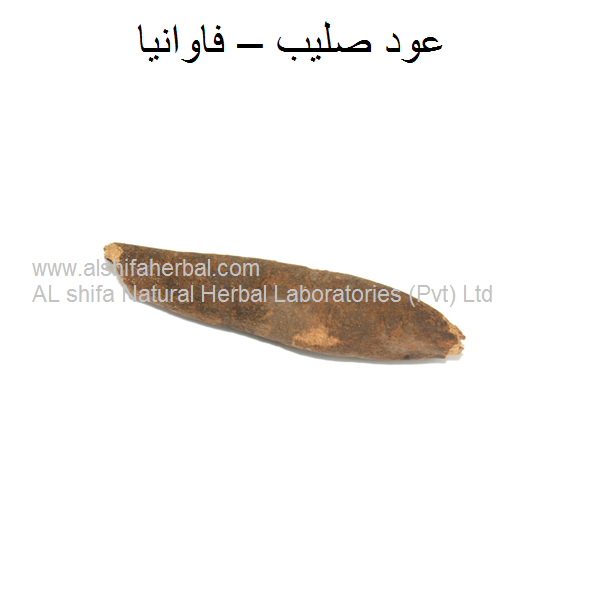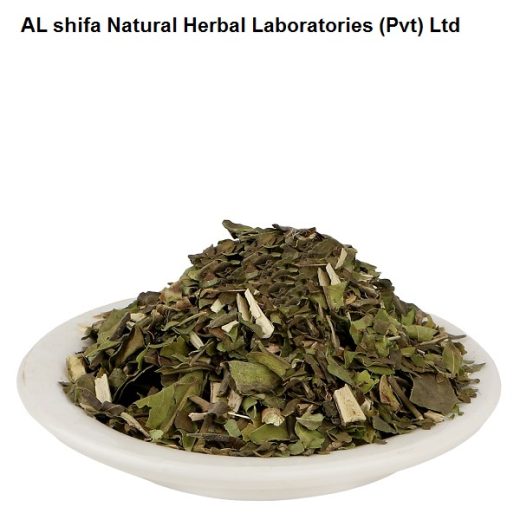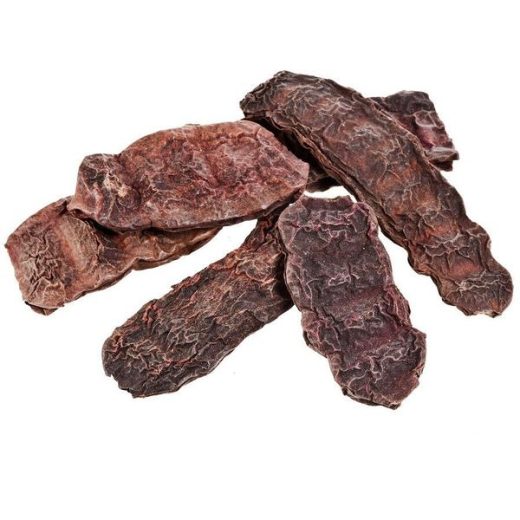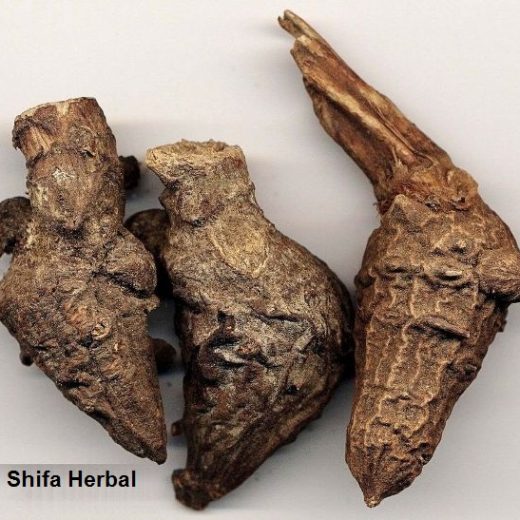Peony is an ancient, traditional Chinese herbal medicine, was considered useful for hypertension, chest pain, muscle cramping and spasms, and fever. Peony was an important remedy for female reproductive conditions ranging from dysmenorrhea (painful menstruation) to irregular menses. Chi shao or red peony was used for bleeding or lack of blood movement, depending on how it was prepared. Moutan was also considered helpful for problems characterized by bleeding, such as nosebleeds, bleeding wounds, or menorrhagia (excessive menstrual bleeding).
Dilates blood vessels
The active elements of peony herb may assist in dilating blood vessels. Peony has the capability of relaxing the aorta extensively by about 9%. Paenol, which is the active compound in peony, also marked increased nitric oxide in the body. This action further assists to relax the blood vessels. Furthermore, researchers also found that peony regulates calcium flow, which works like the signal for promoting muscle contraction.
Hay Fever
The Japanese herbal formula known as sho-seiryu-to has been shown to reduce symptom, such as sneezing, for people with hay fever. Sho-seiryu-to contains licorice, cassia bark, schisandra, ma huang, ginger, peony root, pinellia, and asiasarum root.
Benefit on diabetes and weight loss
Researchers supplied extracts of peony root (paeonia suffruticosa) to obese mice. They found mice, especially the male, declined in food intake and increased in glucose tolerance. Thus, peony root extracts may benefit diabetes and weight loss.
Hepatitis
A crude extract of red peony root was shown in a small, preliminary trial to reduce cirrhosis in some people with chronic viral hepatitis. Other preliminary trials published in Chinese demonstrated that red peony root was helpful (by reducing liver enzyme levels or symptoms or both) for people with viral hepatitis.
Thins blood
Peony intake is believed to help in impeding blood coagulation or platelet aggregation. The active peony constituents were discovered to improve blood flow through preventing platelet aggregation. This ensures blood smoothly travels all over the body, reaching the necessary organs and tissues quickly.
Protects the liver
The primary bioactive constituent of peony was examined for its useful effects it displayed on a person’s liver. The researchers examined peony’s ability of preventing oxidative stress linked to an antigen that promotes tissue damage and inflammation. The antioxidants effects of peony are also thought to offer liver protection through lowering the levels of inflammatory chemicals in the liver.
Heart benefits
Peony intake also portrays a reducing effect on an individual’s cholesterol levels. Cholesterol reduction helps boost heart health and may have useful effects in certain cardiovascular ailments. In fact, consumption of peony could impede thrombosis.
Anti-oxidant activities
Ethanol extract of the peony root and its ingredients-gallic acid and methyl gallate showed protective effects against free radical generation, i.e. free radical scavenging effect against 1,1-diphenyl-2-picryl hydrazine, and lipid peroxidation.
Cholesterol-lowering
Red peony root and moutan bark have both shown antioxidant activity in test tubes, likely due to the presence of paeoniflorin, proanthocyanidins, and flavonoids. Polysaccharides found in peony bark and root have shown an ability to stimulate immune cells in the test tube.
Polycystic ovary syndrome
Peony shows some weak estrogen-like effects, acting like a very weak anti-estrogen, particularly as part of the formula shakuyaku-kanzo-to. In a preliminary study, this formula was shown to improve fertility in women affected by polycystic ovary syndrome.
Premenstrual Syndrome
In Traditional Chinese Medicine, dong quai is rarely used alone and is typically used in combination with herbs such as peony (Paeonia officinalis) and osha (Ligusticum porteri) for menopausal symptoms as well as for menstrual cramps. However, no clinical trials have been completed to determine the effectiveness of dong quai for PMS.
Potential benefit for dementia
Paeoniflorin and peony extracts also enhance mental function in animal studies, suggesting a potential benefit for dementia. Human studies have not yet been conducted to confirm this theory.
Peony (Paeonia lactiflora) with Special Precautions & Warnings:
Peony is POSSIBLY SAFE when used by mouth, short-term. Peony has been used safely for up to 4 weeks. It can cause stomach upset. It can cause rash when it comes in contact with the skin of sensitive people.
Pregnancy and breast-feeding: Peony is POSSIBLY UNSAFE when taken by mouth during pregnancy. Some developing research suggests that peony can cause uterine contractions. However, other research suggests a combination of peony and angelica might be safe. Until more is known, don’t use peony if you are pregnant. Also avoid peony if you are breast-feeding. Not enough is known about the safety of using peony if you are nursing.
Bleeding disorders: Because peony might slow blood clotting, there is a concern that it might increase the risk of bleeding in people with bleeding disorders. Don’t use Peony if you have a bleeding disorder.
Surgery: Peony might slow blood clotting, so there is a concern that it could increase the chance of bleeding during and after surgery. Stop using peony at least 2 weeks before a scheduled surgery.
Do not use Peony for any use, medicinal or otherwise, without first consulting a qualified doctor.










Reviews
There are no reviews yet.